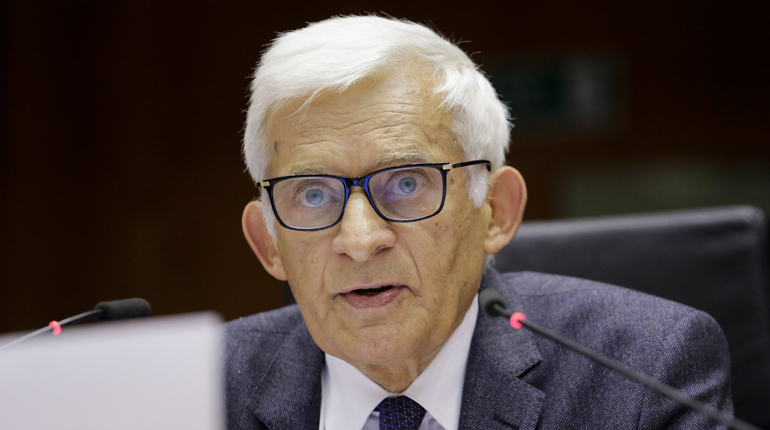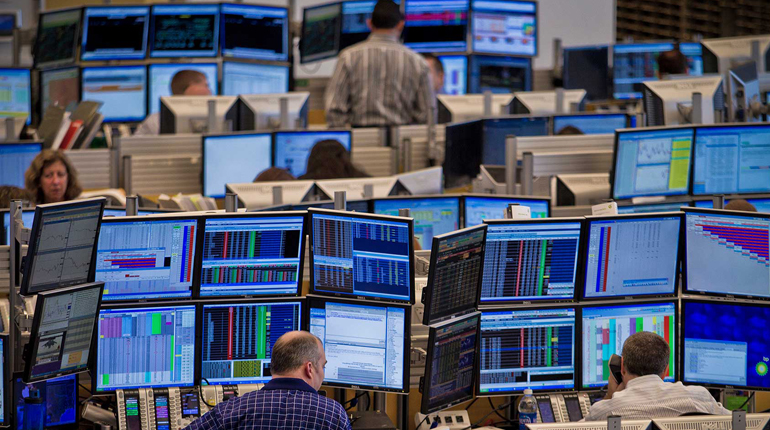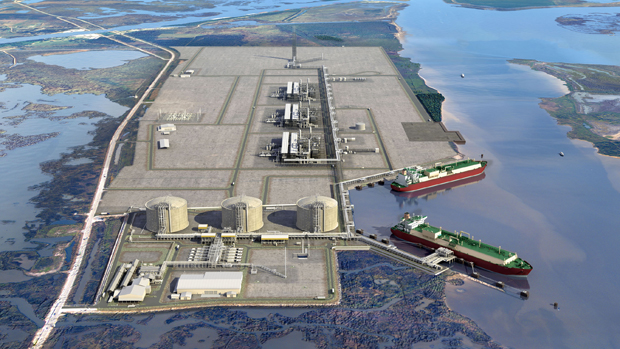Highlights
- The supply of gas to Qatar’s domestic market will tighten in the coming months because of field maintenance
- Algeria is struggling to meet its domestic demand as the country focuses on defending its share of the export market
- LNG suppliers such as Qatar, Algeria and Nigeria are offering flexible contracts to lure buyers
- Low LNG prices are increasing the popularity of the fuel in Egypt and Jordan
Economic overview
The economic growth prospects for oil and gas exporters in the Middle East and Africa will remain downbeat for the coming months, despite a recent oil price rebound.
The Brent crude front-month futures price has averaged $49.8 per barrel so far in October, a month-on-month increase of 3.2%. However, the price is still around 43% lower on an annual basis, which is pressuring the export revenues of the region’s oil producers. The low price is also discouraging upstream investment in these countries, limiting their oil and gas production. Several exporters are already defending their market share of oil exports in an attempt to stem a decline in revenues.
Quarterly and annual year-on-year GDP growth rates
| Q4 2014 | Q1 2015 | Q2 2015 | 2015 | 2016 | 2017 | |
| Qatar | 6.7% | 4.1% | 4.8% | *7.1% | *6.5% | *5.6% |
| Egypt | 4.3% | 3.0% | *4.0% | *4.0% | *4.3% | *4.5% |
| Saudi Arabia | 1.6% | 2.3% | 3.8% | *3.0% | *2.7% | *3.1% |
| Nigeria | 5.9% | 4.0% | 2.4% | *4.8% | *5.0% | *5.3% |
| South Africa | 1.3% | 2.1% | 1.2% | *2.0% | *2.1% | *2.4% |
In its 2015 World Economic Outlook the International Monetary Fund highlighted that oil exporters in the region will be worse-hit compared with countries exporting other commodities. The GDP growth rates of oil-exporting countries in the region are expected to decline by an average of 2.25% between 2015-2017 compared with 2012-2014. This compares with an average decline of 1% among commodities exporters in general during the same period.
The World Bank expects sub-Saharan Africa’s economy to grow by 3.7% in 2015 – its weakest pace since 2009, primarily as a result of low commodity prices. The region’s economy grew by 4.6% in 2014, and growth is expected to be 4.4% next year.
Turkey is grappling with its own economic woes, which have been worsened by recent terrorist attacks in the country. A bomb in Ankara killed almost 100 people and injured 250 others in October. Tensions are rising between various ethnic groups in the country at a time when the threat from Islamic State is growing. Political uncertainty is another deterrent to investment in Turkey’s infrastructure. The country will hold a second general election this year in November, following a poll in June that resulted in a hung parliament.
Turkey’s GDP increased by 3.8% in Q2 2015 on an annual basis – its highest growth rate since Q1 2014. However, the continuing political tension may dampen the prospects for growth next year, which will also weigh on the country’s gas demand. In October, the government lowered its GDP growth forecast to 4% for 2016 from its previous forecast of 5%.



